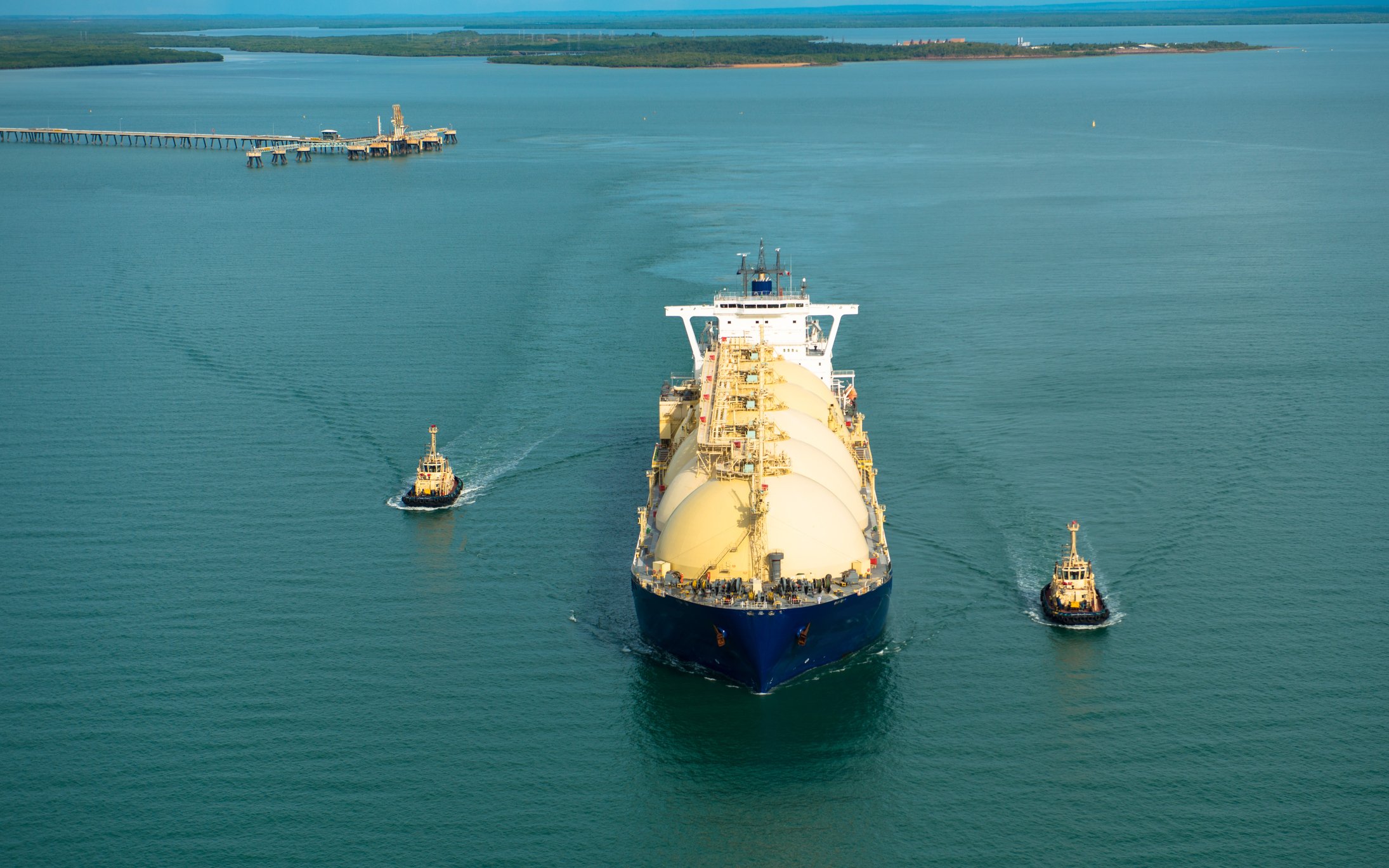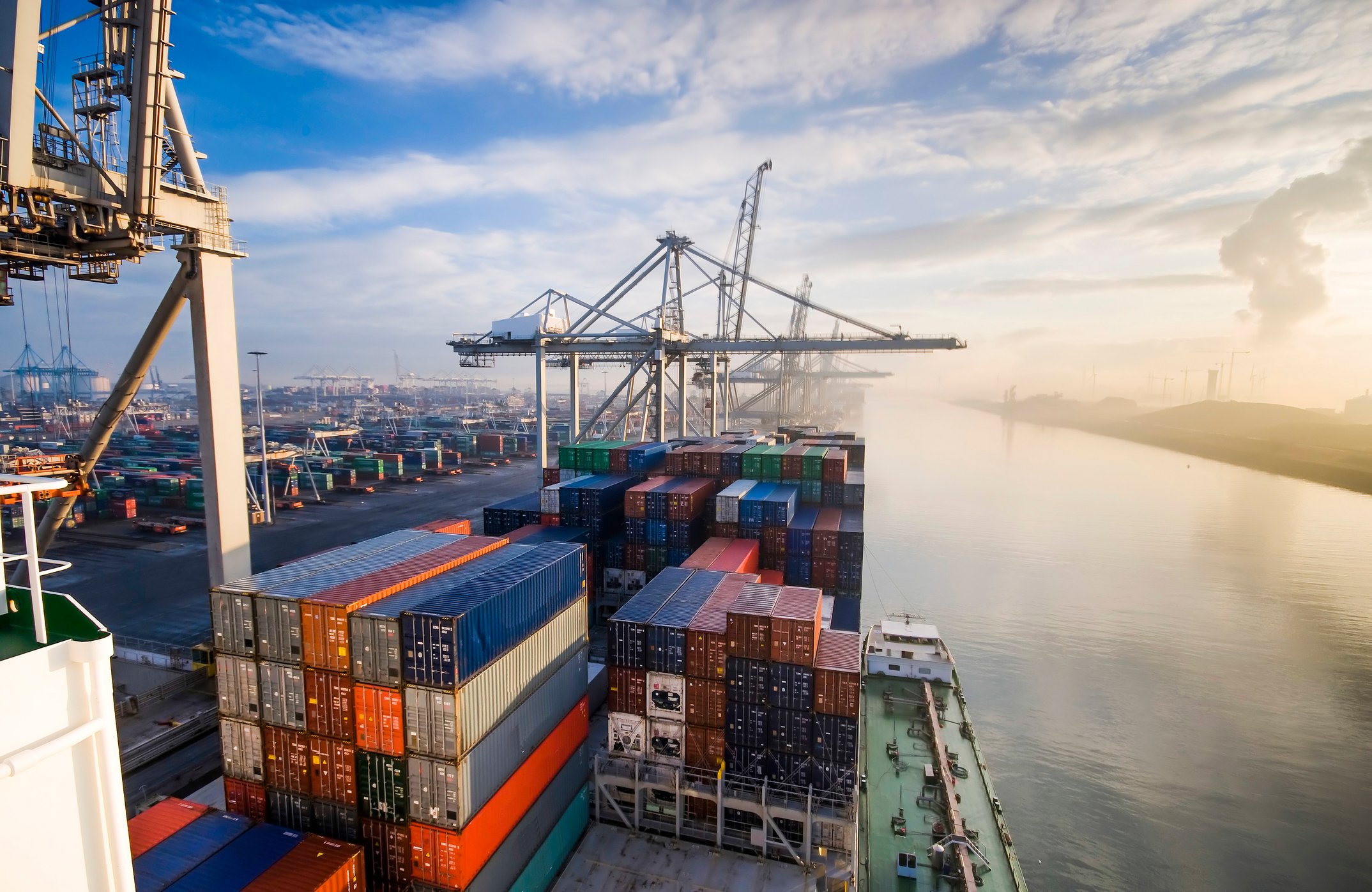Turbulent operating conditions in the container shipping industry continued to spill over into Seaspan Corporation's (SSW +0.00%) fourth-quarter financial results, with revenue slipping and earnings tumbling. This decline, along with continued choppy conditions in the sector, forced the company to make the tough decision to reduce its dividend. That said, it hopes to use that cash flow to capitalize on the industry's weakness.
Seaspan's results: The raw numbers
|
Metric |
Q4 2016 |
Q4 2015 |
Year-Over-Year Change |
|---|---|---|---|
|
Revenue |
$213.2 million |
$218.5 million |
(2.4%) |
|
Normalized net earnings |
$38.8 million |
$48.9 million |
(20.8%) |
|
Normalized EPS |
$0.21 |
$0.35 |
(40%) |
Data source: Seaspan Corporation.
What happened with Seaspan this quarter?
The Hanjin bankruptcy weighed on results:
- Revenue slid versus the year-ago period even though the company added five vessels to its fleet in 2016. Weighing on revenue were lower average charter rates for vessels under short-term contracts and an increase in unscheduled off-hire as a result of the Hanjin bankruptcy, which led to contract cancellations on four ships.
- Those two issues cut deeply into earnings during the quarter, though the company partially offset those problems with a 7.2% decrease in ship operating expenses and a 0.4% reduction in general and administrative expenses.
- Earnings on a per-share basis plunged even deeper because Seaspan issued equity to strengthen its balance sheet last year, resulting in a higher share count.
- Cash available for distribution to common shareholders also plunged during the quarter to $71 million, down 38.7% from the year-ago period. This was a key contributor to the decision to cut the dividend.
- The company raised a total of $660 million by selling common and preferred equity last year, which reduced operating borrowings by 12.1% to $3.1 billion and pushed its net debt-to-equity ratio down to 1.7 at the end of the year.

Image source: Getty Images.
What management had to say
CEO Gerry Wang commented on the company's results:
During 2016 we continued to generate strong cash flows from our business while taking important steps aimed at positioning Seaspan to successfully operate in the current challenging industry environment and over the long-term. We further improved our fleet profile by adding five newbuilding vessels to our operating fleet, each of which commenced long-term fixed rate time charters with leading liners. We also focused diligently on implementing cost control measures which enabled us to reduce daily ship operating expense by approximately 9%, and we strengthened our balance sheet by lowering our net debt to equity ratio to approximately 1.7 times by the end of the year. While we have seen the industry take measures to manage vessel supply and are confident industry conditions will improve over time.
On the one hand, Seaspan's underlying business performed well during 2016 (all things considered) because the bulk of its vessels are under long-term contracts with shippers. However, the Hanjin bankruptcy still stung the company because it had to take back four ships, three of which were previously under long-term contracts. Beyond that, it added to an already challenging market for ships that had expiring contracts. In the end, Seaspan felt that the prudent move was to reduce its dividend, thus increasing its financial flexibility and ability to capitalize on opportunities that might arise. The company already acquired four smaller vessels during the quarter, and is on the lookout for additional transactions to bulk up its fleet.
Looking forward
Given the current weak operating conditions in the industry, Seaspan expects its revenue decline will continue in the first quarter down to a range of $200 million to $204 million. Aside from the lack of new contracts for the former Hanjin vessels, the company's short-term fleet will remain under pressure; spot rates for Panamax vessels are not only at record lows, they're currently below break-even levels. That said, the company's core long-term chartered fleet will keep its results afloat: It has $5.2 billion of contracted revenue on agreements with an average remaining life of six years. The cash flow from those contracts gives the company the confidence that it will get through this currently challenging period in the market.






